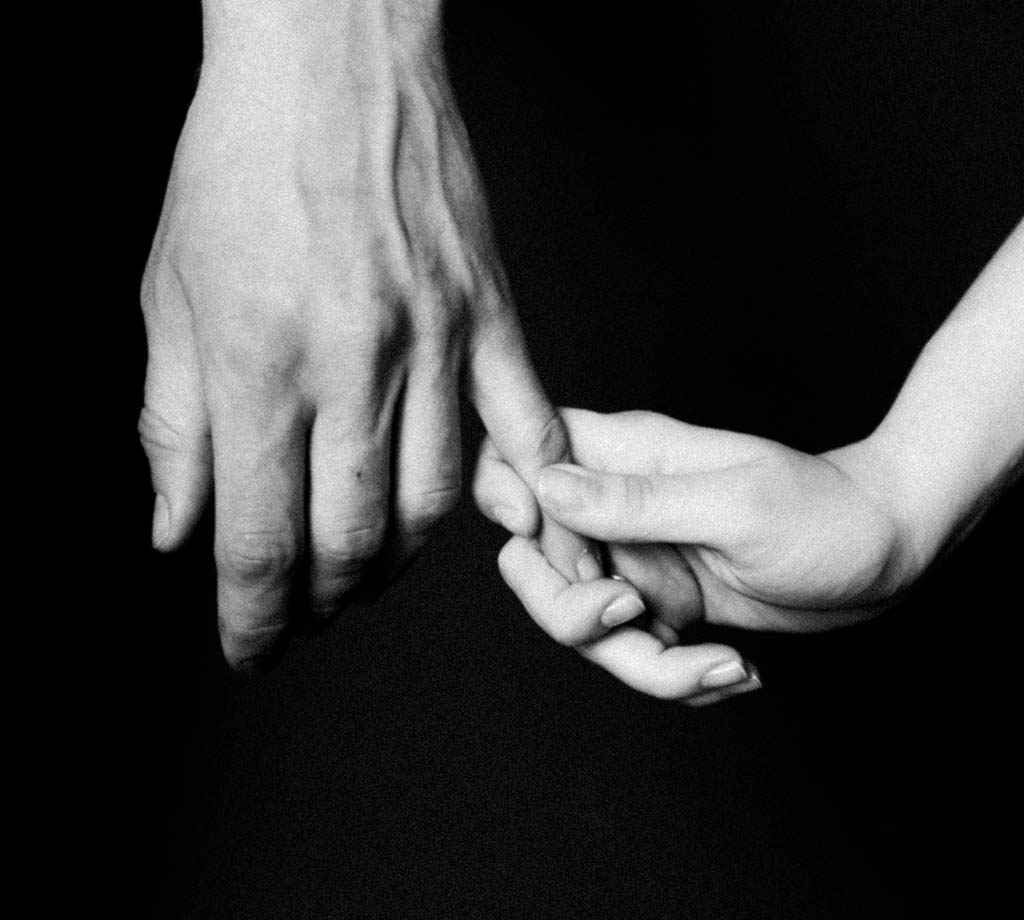Transforming Attachment Patterns for Deeper Bonds
In the vast continuum of human interaction, relationships form the very tapestry of social connectivity and are the driving force of a heart-centered life. Yet, the beauty of these interwoven connections comes with an array of complexities, often rooted in the very essence of human psychology—the styles in which we attach and interact with one another. Our way of connecting with others is dictated by the early experiences, traumas, hardships, and abuse of early life. Did we have a loving and stable home? Were we neglected or abused? Did we have a parent deep in addiction, who at times was loving and at times neglectful?
The good news is that we are not forever hardwired to suffer unhealthy relationship dynamics due to our upbringing. Once we learn to unpack the mechanisms of attachment, we can begin to see how healing these patterns becomes the precipice for fostering conscious, profound relationships. Healing our attachment style is a profound journey that often involves self-reflection, understanding your past, and fostering secure relationships. By beginning to explore our childhood dynamics, we can understand the roots of our attachment style and start the healing process.
Unveiling the Art of Attachment
Attachment theory, introduced by John Bowlby and later refined by Mary Ainsworth, suggests the bonds we form with caregivers in early childhood heavily influence our patterns of relating to others throughout our lives. Although there are four attachment styles, only one is universally considered healthy, while the others have layers of dysfunction and toxicity. The secure attachment style, characterized by trust, comfort with intimacy, and a sense of connection, is akin to a relational utopia. However, many of us did not survive childhood with a secure attachment style. Through trauma, neglect, or abuse, our ability to trust and connect with others and ourselves is severely hindered; without the awareness of the issues dictating our attachment style, we struggle to create a healthy
relationship in our romantic lives.
The Four Paradigms of Attachment
Attachment styles manifest as one of four prototypes: secure, anxious, avoidant, or disorganized. Each is a portrait of the emotional climate in which we grew up, thereby dictating the future landscapes of our relationships. Those of us who have been raised in inconsistent or neglectful environments often develop an anxious, avoidant, or disorganized attachment style.
Those of us with a secure attachment style seem to innately form balanced emotional bonds, feel comfortable with intimacy, trust our relationships for support, and maintain our independence and sense of self within our relationships. People with a secure attachment pattern generally have a positive view of themselves and their partners. We are capable of handling relationships and conflicts straight on with open communication and understanding. This attachment style develops from consistently responsive and sensitive caregiving, where emotional needs are understood and met in childhood, laying the groundwork for healthy relational dynamics in adulthood.
Anxious Attachment Styles are characterized by a persistent fear of being unloved or abandoned. Those of us who exhibit anxious attachment are often motivated by high levels of intimacy and approval from our partners, most likely due to our trauma from childhood, when we were forced to be hyper-aware of another’s energy for survival; we become very attuned to the needs and desires of our partner in order to handle any situation we feel may lead to danger or anger. This leads us to act clingy and co-dependent. Originating from unpredictable parental responsiveness in childhood, when at times loved and at times neglected or abused, those of us with an anxious attachment may find ourselves constantly ungrounded and stressed, desperately seeking closeness yet never feeling secure and constantly fearing its loss.
Avoidant attachment styles are marked by discomfort with intimacy and difficulty or complete inability to trust others – that they love us, are loyal to us, or are truthful. With this style, we tend to be emotionally distant and may actively avoid, neglect, or dismiss our own needs for closeness or connection. We may appear aloof or detached, preferring independence and alone time over dependency or intimacy. This attachment pattern is often caused by neglectful or inconsistent caregiving in childhood, where we were taught we must soothe ourselves at all times and that relying upon another created emotional or physical danger. This childhood leads us to believe it is not safe and not possible to find the satisfaction of emotional needs in another.
Disorganized attachment styles, sometimes thought to be the most severely dysfunctional, are a mixture of Anxious and Avoidant behaviors, demonstrating a confusing array of responses to closeness and intimacy. When we adopt this attachment style, we may fluctuate between seeking connection and pushing it away. As soon as we find closeness, fears are triggered, and we push them away. Often, the faster we get close, the faster we run, thereby creating unpredictability and instability in. relationships. This pattern stems from experiences of fear or trauma in childhood, typically involving caregivers who were both sources of comfort and fear, with no consistency, such as an addicted parent who at times was loving and at times abusive. Consequently, with a disorganized attachment, we struggle to develop a consistent strategy for managing emotions and relationships, leading to a complex labyrinth of interactions where we can simultaneously desire closeness and distance, thereby creating trauma in our partner
Shadow Issues of Attachment Styles
Our attachment style, especially if it is one of the dysfunctional prototypes, causes issues not only within ourselves in a relationship but within the relationship itself as we are unable to relate in a safe and healthy manner with our partner, and our partner is unable to relate to us.
Recognizing the Shadow
Recognizing our attachment style can be a powerful step toward healing, as it provides insight into our behaviors and allows us to address specific areas of concern in our relationships. An anxious person may be able to recognize their need for acceptance and learn to accept themselves instead of looking outward. Simultaneously, an avoidant person may learn that safety does not come only through isolation but also through intimacy.
The Art of Healing
The path to healing our attachment styles is one of awareness and inner work. For individuals demonstrating insecure attachments, therapy, and self-reflection are often useful tools for healing. By redefining our story, becoming aware of our trauma, and learning to love and parent ourselves, we create the ability to securely attach to another and form conscious connections. It is not merely the recognition of our attachment style but the actions we then take to heal that lead to transformation.
Secure Attachment and Conscious Relationships
A conscious relationship is evidenced by each partner displaying presence, empathy, and an absence of judgment. When we securely attach to another and ourselves, we view relationships as a safe haven or sanctuary rather than a battleground. Our ability to communicate, resolve conflicts, and maintain boundaries allows us to use the relationship to heal, grow, and evolve, thereby consciousness.
The New Relationship Paradigm
We are moving into an era of conscious relationships—a love where both parties are committed to growth, understanding, and shared experiences. Here, love flourishes not in spite of our vulnerabilities but because of them. We recognize and accept the areas in which we need healing and move through the healing with a belief in ourselves and support from our partners. As we transcend our habitual patterns, we welcome the conscious, compassionate relationship in which we live in the present moment, only using the past to heal. These relationships result in a connection in which individuals come together and unite into a force exponentially greater than just the two of them.
by Susanna Schroadter
Photo by Klara Kulikova







